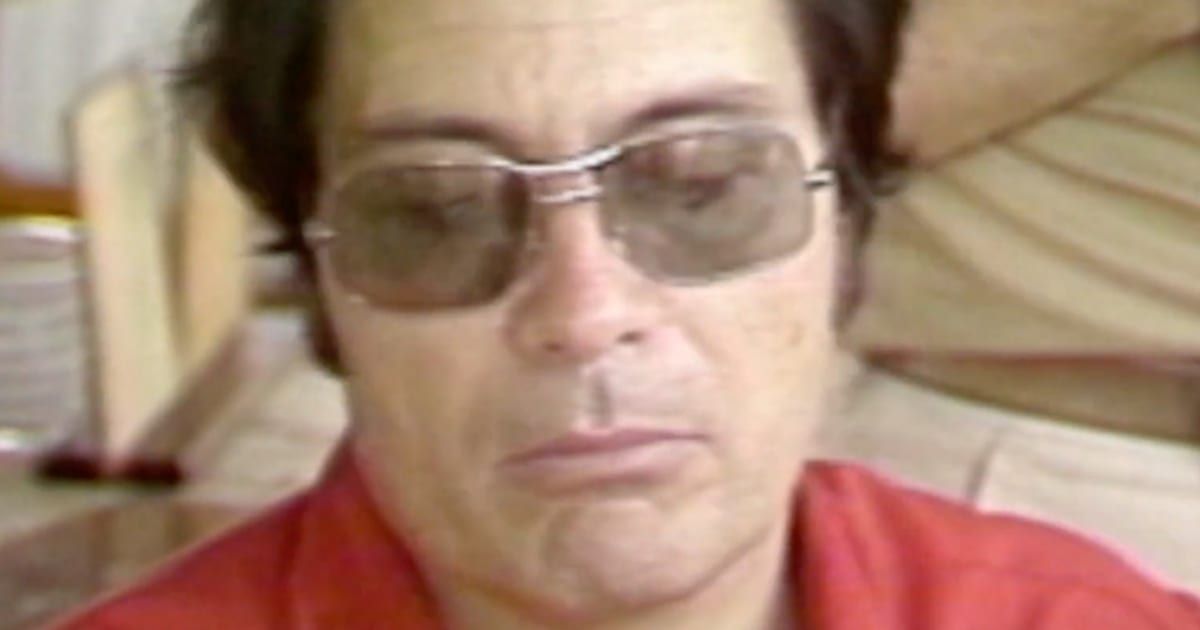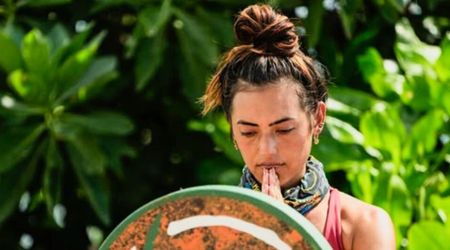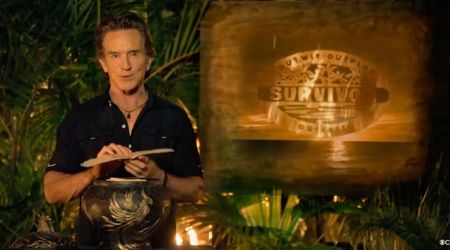What happened to Reverend Jim Jones? Dateline: Secrets Uncovered’ delves into the Jonestown massacre

JONESTOWN, GUYANA: Reverend Jim Jones died in the Jonestown massacre from a single gunshot wound to the head, widely believed to have been self-inflicted.
After cult members attacked Congressman Leo Ryan, who was investigating the cult, Jones enacted a suicide plan at the Jonestown compound. This plan involved the mass consumption of poison-laced fruit punch, resulting in the deaths of over 900 individuals, including children and adults.
A total of 918 people died at the Jonestown massacre. Until the September 11th attacks in the US, the tragedy on November 18th, 1978, stood as one of the largest single incidents of American civilian casualties in a non-natural event, marking an unfathomable tragedy in modern history.

When did Reverend Jim Jones die in Jonestown?
Reverend Jim Jones died in Jonestown on November 18, 1978. Situated on a remote tract of land in Guyana, South America, Jonestown covered approximately 3,852 acres. Reverend Jim Jones persuaded around 1,000 of his followers to relocate there in 1977, amid increasing scrutiny in the United States.
Upon arrival, members were coerced into surrendering their passports and assets to the church. Life in Jonestown involved living in small cottages, working eight-hour days to support the commune, and attending preaching sessions led by Jones.
California Congressman Leo Ryan had received reports of concerning activities within the Jonestown community, including allegations of beatings, forced labor, suspicious deaths, and rehearsals for mass suicide. In response, he led a congressional delegation to Guyana to investigate these rumors.

What details of the 'Jonestown massacre' case came out during the investigation?
A thorough investigation was done following the Jonestown massacre.
Reports and accounts from former members of the Peoples Temple started indicating that Jim Jones subjected his followers to inhumane treatment, including humiliation, beatings, and coercion. Many members were manipulated or brainwashed into surrendering their possessions, including their homes, to the church.
Furthermore, there were allegations of segregation and paranoia within the group, with black and minority members being made to fear leaving the temple for fear of being sent to government-run concentration camps.
Family members were also deliberately kept apart and encouraged to spy on one another, cultivating an atmosphere of suspicion and control within the organization.

Reverend Jim Jones recorded a 'death tape' to justify his 'revolutionary' suicide
Jim Jones infamously recorded what is now known as the "death tape," capturing him in a rant about perceived threats from Guyanese authorities and rationalizing a "revolutionary" suicide to his followers. He warned them that they would be attacked and killed, including innocent children, and prepared them for mass murder-suicide.
Jones released radio orders for other Temple members outside the compound to commit suicide on November 18, and escapees reported that he forced followers in Jonestown to consume a fruit punch laced with cyanide, tranquilizers, and sedatives.
This tragic event led to the coining of the phrase "drink the Kool-Aid," which has since become a metaphor for unquestioningly following a destructive ideology or leader.

Jim Jones's follower Larry Layton was sentenced to 'life in prison' for aiding and abetting in the murder of US Congressman Leo Ryan
Larry Layton was the sole individual tried and convicted in the United States for his role in the events of November 18, 1978.
He was found guilty of conspiracy and aiding and abetting in the murder of Congressman Leo Ryan and the attempted murder of US embassy official Richard Dwyer. Layton was sentenced to life in prison but was released in 2002.
Another individual, Charles Beikman, pleaded guilty to the attempted murder of a young girl during the events at Jonestown and served a five-year prison term in Guyana.

Former NBC correspondent Fred Francis talks about the victim's 'painful death' in Jonestown massacre
Former NBC correspondent Fred Francis, who was among the first reporters to arrive on the scene after the Jonestown massacre, described the victims' deaths as painful.
He recounted how survivors spoke of the agony endured by those who consumed the poisoned drink at Jonestown. Witnesses described how individuals around the pavilion withered and suffered, with some taking many minutes to die from the effects of the poison.
The survivors of the Jonestown massacre numbered fewer than 100, with the majority either defecting earlier that day or fortunate to be in the capital, Georgetown,
Today, over 400 dead individuals from the Jonestown massacre are interred in a mass grave in Oakland, California. This burial site stands as a solemn reminder of the tragic events that unfolded in Jonestown on November 18, 1978.

‘Dateline: Secrets Uncovered’ Season 12 airs new episodes every Wednesday at 8 pm ET on NBC and is available for streaming on Peacock the following day.










